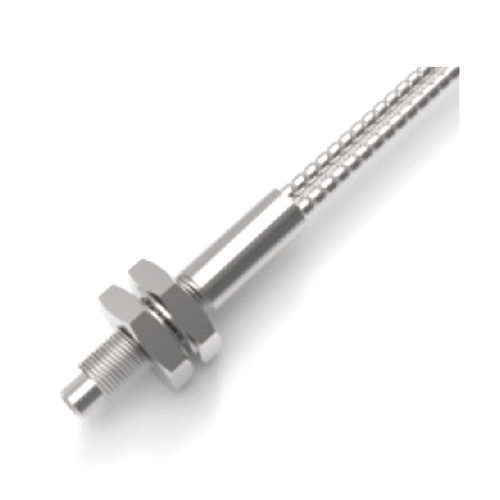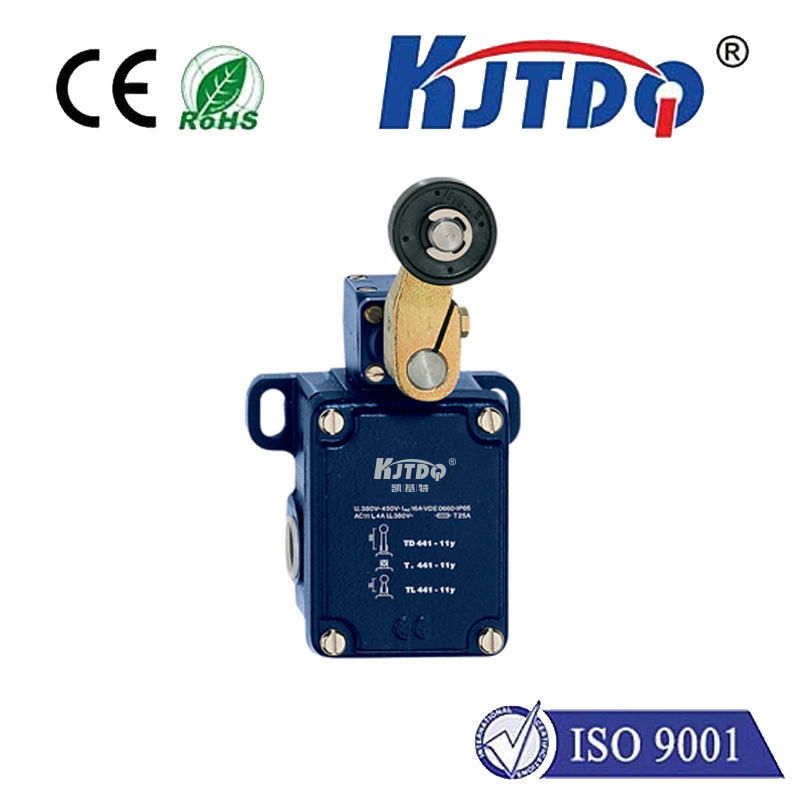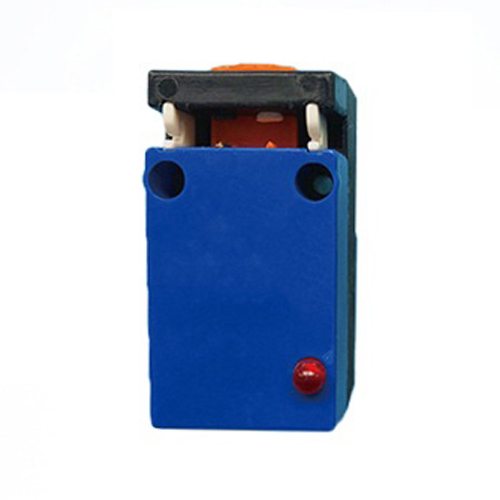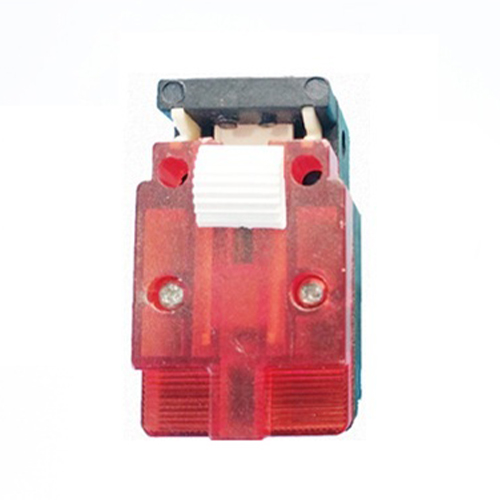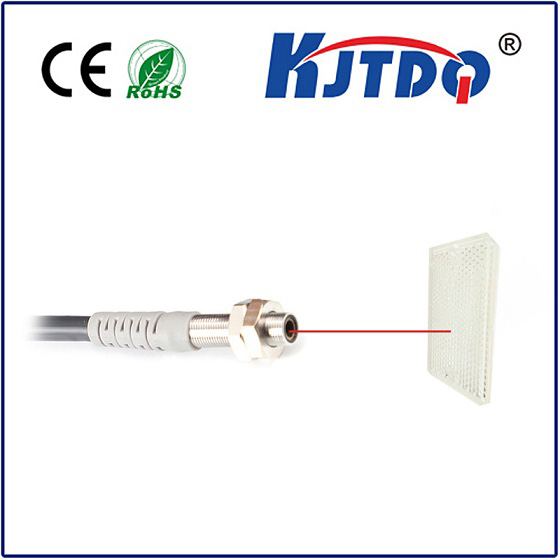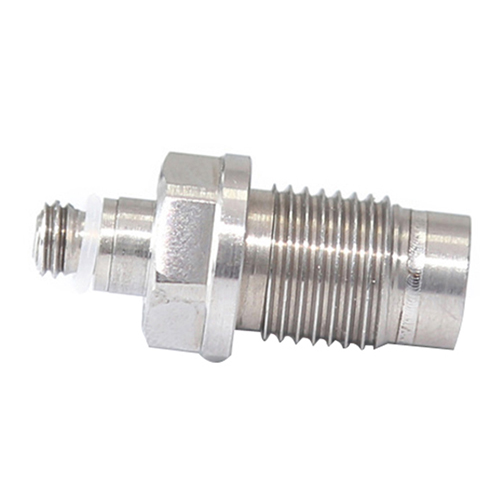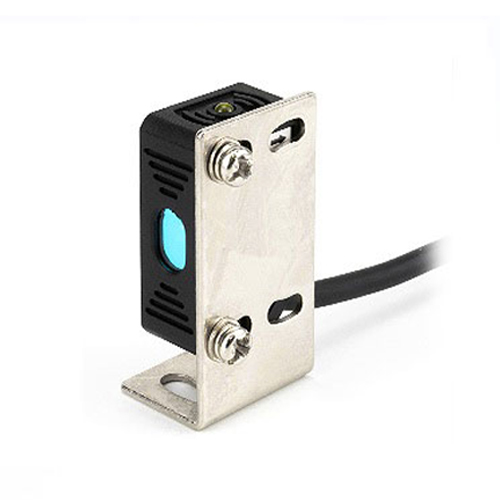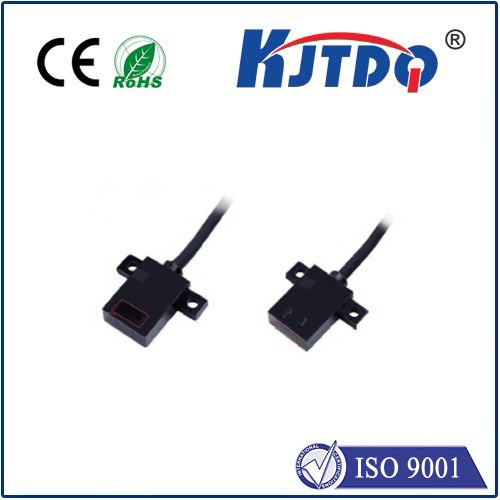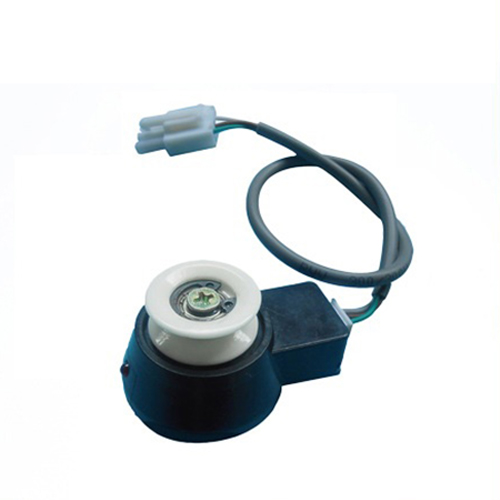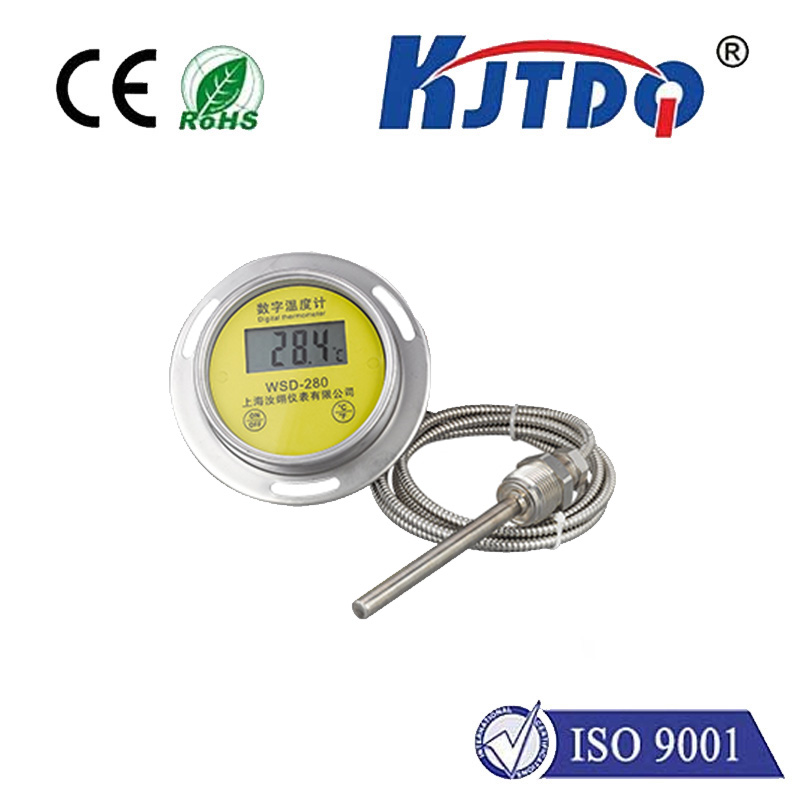laser presence sensor
- time:2025-08-27 12:50:56
- Click:0
Laser Presence Sensors: The High-Precision Eyes of Modern Automation
How do modern factories detect the tiniest components with split-second accuracy? Or ensure a robotic arm precisely picks an item from a moving conveyor? The answer often lies in a deceptively simple yet incredibly powerful technology: the laser presence sensor. These sophisticated devices provide unmatched precision and reliability in detecting the presence or absence of objects, revolutionizing automation across countless industries. Unlike traditional mechanical switches or basic photoelectric sensors, laser presence sensors deliver exceptional accuracy and robust performance, even in demanding environments.
At its core, a laser presence sensor operates by emitting a focused beam of coherent light – a laser. It then precisely measures how this beam interacts with a target object. The two predominant methods used are triangulation and time-of-flight (ToF):
- Triangulation: A laser diode projects a spot onto the target. A receiving element (like a CCD or PSD array) in the sensor, positioned at a known angle to the emitter, detects the position of the reflected spot. The shift in the spot’s position on the receiver correlates directly to the distance to the object. This principle allows for extremely high-resolution detection and distance measurement, often down to micrometers. Triangulation sensors are ideal for precise positioning and detecting very small objects or variations.
- Time-of-Flight (ToF): The sensor measures the exact time it takes for a pulsed laser beam to travel to the target and back. Since the speed of light is constant, this time measurement translates directly into distance. ToF sensors excel at measuring longer ranges and are often used for presence detection over larger areas or where the exact position isn’t required down to the sub-millimeter level.
Why Choose Laser Presence Sensors Over Alternatives? The advantages are compelling and address critical needs in automation:

- Unbeatable Precision & Resolution: Laser beams are inherently narrow and focusable. This allows for pinpoint detection of tiny objects, minute gaps, or fine edges that other sensor types would miss. Sub-millimeter accuracy is common.
- Excellent Response Time: Light travels… well, at the speed of light! Laser presence sensors offer ultra-fast response times, making them perfect for high-speed production lines where milliseconds matter.
- Small Spot Size: The ability to focus the laser beam to a tiny spot allows detection of small objects or specific features on a larger target without interference from the background. This enables reliable detection of wires, thin materials, or components on complex assemblies.
- Reduced Sensitivity to Target Properties: While photoelectric sensors can struggle with dark or shiny targets (absorptive or specular surfaces), laser sensors, particularly triangulation types, are generally more consistent across a wider range of colors, textures, and finishes. Their focused beam provides a strong, consistent reflection signal.
- Long Sensing Ranges: Compared to many photoelectric sensors, laser presence sensors, especially ToF variants, can reliably detect objects over significantly longer distances, opening up applications previously impossible.
- Clear Beam Visibility: The visible red laser dot (or less common infrared with a visible pilot beam) makes alignment and troubleshooting remarkably straightforward.
Where Laser Presence Sensors Truly Shine: Their unique capabilities make them indispensable in numerous sectors:
- Electronics Manufacturing: Verifying microscopic component placement on PCBs, detecting the presence of tiny connectors or leads, inspecting solder joints.
- Automotive Assembly: Precise positioning of parts for robotic welding, detecting thin wires in harnesses, confirming gasket placement, ensuring brake pad thickness.
- Pharmaceutical & Medical Devices: Counting pills with high accuracy, verifying vial cap presence, ensuring syringe plunger position, detecting transparent films or small labels.
- Packaging & Logistics: Checking flap position on boxes, detecting labels on products or pallets, verifying case sealing, counting items on high-speed conveyors.
- Robotics: Providing exact object location for precision pick-and-place operations, enabling delicate assembly tasks, guiding robot end-effectors.
- General Manufacturing: Detecting thin materials (foils, films), verifying part orientation or stacking height, ensuring correct hole drilling, monitoring fill levels through transparent containers.
Key Considerations When Selecting a Laser Presence Sensor:
While powerful, choosing the right sensor requires careful thought:
- Detection Method: Do you need microscopic precision (Triangulation) or longer range presence (ToF)?
- Sensing Range: Ensure the sensor’s specified range comfortably exceeds your application’s maximum gap.
- Resolution & Accuracy: What is the smallest detectable change or position difference required? Triangulation sensors offer superior resolution.
- Spot Size & Target Size: The laser spot must be appropriate for the size of the object you need to detect.
- Target Surface & Color: While robust, highly reflective or extremely dark/absorptive surfaces might require specific sensor models or settings. Testing is often recommended.
- Environmental Factors: Consider ambient light (sunlight, strong workshop lighting), dust, fog, temperature fluctuations, and vibration. Look for sensors with high ambient light immunity and suitable IP ratings.
- Output Type & Connectivity: Ensure the electrical output (PNP/NPN, relay, analog) and communication protocols (IO-Link is increasingly valuable for diagnostics and configuration) match your control system.
- Mounting & Alignment: Factor in space constraints and the need for easy, secure mounting. The visible laser dot significantly simplifies alignment.
Installation and Alignment Insights:
Leverage the visible laser beam! Mount the sensor securely to minimize vibration impact. Use the beam to precisely target the detection point on your object. Many sensors offer adjustable sensitivity or background suppression settings; fine-tune these after installation for optimal performance against your specific target and background. If using IO-Link capable sensors, utilize the diagnostic data (signal strength, temperature warnings) for predictive maintenance and simplified troubleshooting.
Laser presence sensors represent a significant leap forward in sensing technology. Their superior accuracy, speed, and flexibility make them the go-to solution for applications demanding the highest level of detection reliability and precision. They act as the critical, high-resolution eyes guiding robots, verifying quality, and ensuring seamless operation in the increasingly complex and demanding world of automated production. When performance and pinpoint accuracy are non-negotiable, the laser presence sensor consistently delivers.






